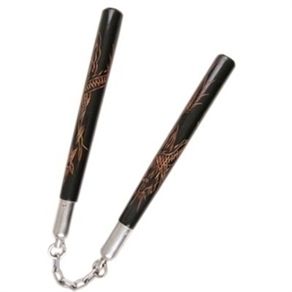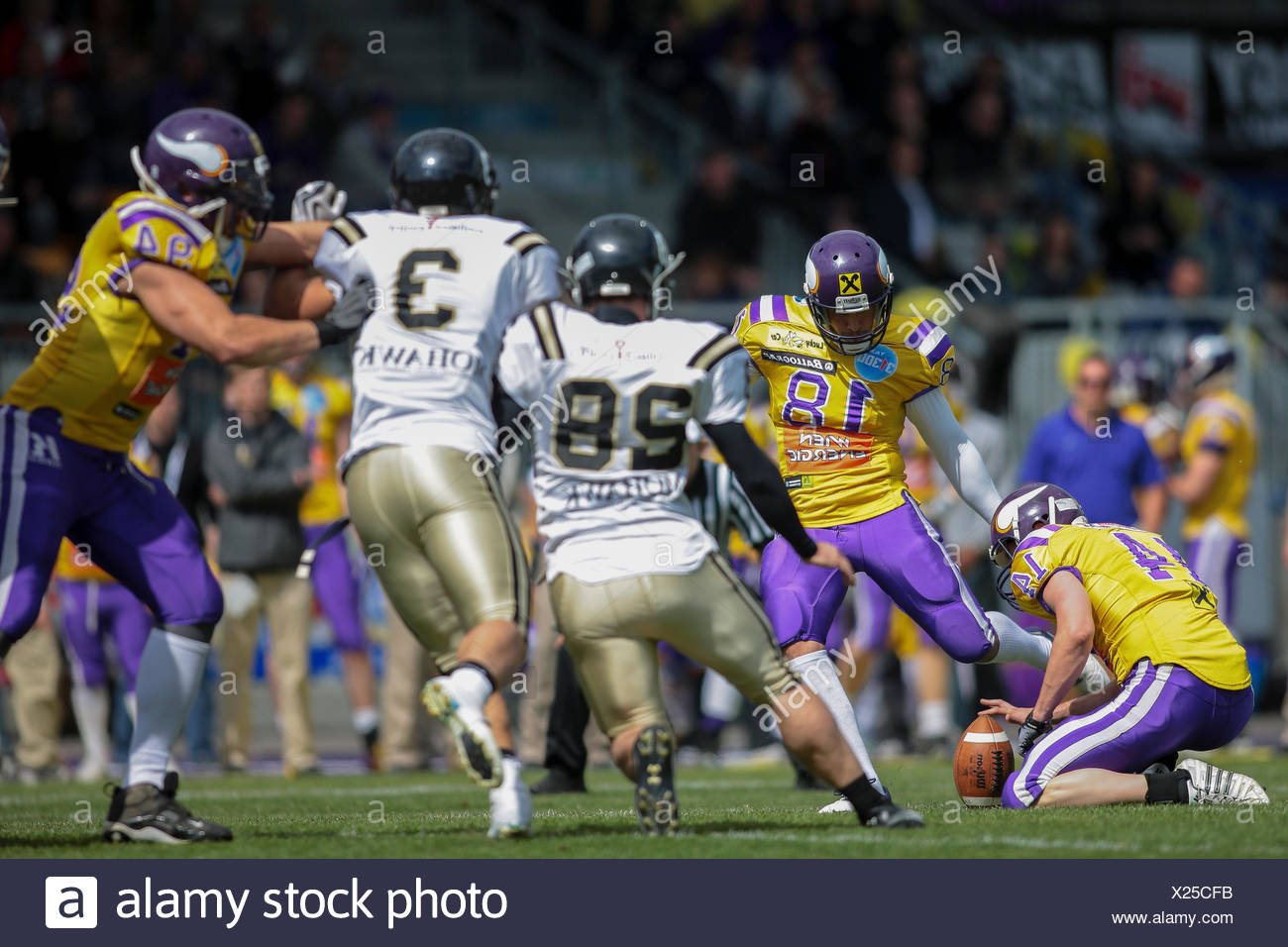

Maria Goeppert Mayer was given office space, but no salary. She encountered a similar situation in 1939 when her husband got a job at Columbia University. Nepotism rules prevented the university from hiring her as a professor, so she worked as a volunteer, continuing her own research, most of which involved applying quantum mechanics to chemical problems. After she completed her Ph.D., the couple moved to the US, where he got a job at Johns Hopkins University in Baltimore. While at Göttingen, she met her husband, physical chemist Joseph Mayer. in 1930, with a thesis on double photon reactions. But after attending Max Born’s quantum mechanics seminar, she switched her focus to physics. It was assumed that Maria would get an education, and she did, even though it was difficult for women at the time.Īfter attending public school and a college preparatory academy for girls, in 1924 she entered the University of Göttingen, where at first intending to study mathematics. Her father always encouraged her to grow up to be more than a housewife. In fact, he was the sixth generation university professor in the family, and Maria was later proud of being the seventh generation academic. When she was four years old, her family moved to Göttingen, where her father was a professor of pediatrics. Maria Goeppert was born in 1906 in Kattowitz, which was part of Germany at the time. In August 1948, Goeppert Mayer published her first paper detailing the evidence for the nuclear shell model, which accounts for many properties of atomic nuclei. Nonetheless, she persevered in her research. But during her early career, she was forced to spend many years in unpaid positions before she was able to obtain a professorship in physics.


Several awards have been named in her honor, she was inducted in the National Women’s Hall of Fame and had her image on a postage stamp honoring female scientists.Maria Goeppert Mayer, who made important discoveries about nuclear structure, is one of only two women to have won the Nobel Prize in physics. She continued her research and teaching but never fully recovered, passing away in 1972. The four scientists shared the Nobel Prize for Physics for their discovery.Īfter being appointed as a professor of physics at the University of California in 1960, Dr.

Jensen, and Hans Suess – came up with the same results. She wrote up her initial findings on the topic for the Physical Review in 1948, and continued her research into the nuclear physics “magic numbers…certain numbers of nucleons in an atomic nucleus result in particularly stable configurations.” She published her findings at the same time that three other German scientists – Otto Haxel, J. Her research led her to believe that nuclei had a shell structure that was similar to that of an atom shell structure. During this time, she also worked at the Argonne National Laboratory, where she began her physics award-winning work in earnest. After the start of World War II, she joined the Manhattan Project, which led research and development that produced the first nuclear weapons.Īfter moving to Chicago, she was able to secure a part-time job teaching at the University of Chicago in 1946. Mayer continued to volunteer and conduct her own research, eventually teaching at Sarah Lawrence College. At the time, there were rules against hiring a female professor. Joseph Mayer took a professorship at Johns Hopkins University and then at Columbia University. Here she also met her husband, Joseph Edward Mayer, an American Rockefeller fellow. Despite the difficulty for women to obtain higher education at the time, she was encouraged by her 6th generation professor father to become “more than a housewife.” She received a PhD in Physics in 1930 from the University at Göttingen. Mayer is one of only three women to win the Nobel Prize for Physics (in addition to Marie Curie, 1903, and Donna Strickland, 2018), an honor she received in 1963 for discovering the nuclear shell structure of the atomic nucleus.īorn in Kattowitz, which was part of Germany at the time of her birth but became part of Poland just a few years later, Dr. As we wrapped up Phase One of Bend, Oregon neighborhood Discovery West this month, we thought it appropriate to feature a woman after whom one of our Phase One streets was named: Maria Goeppert Mayer (1906-1972).


 0 kommentar(er)
0 kommentar(er)
